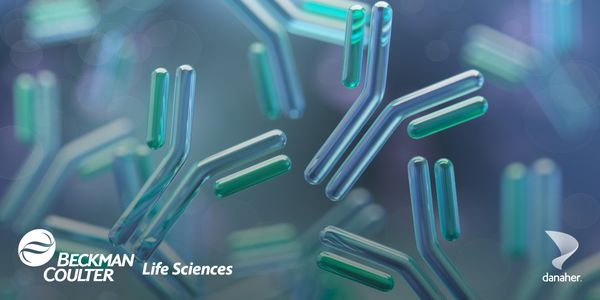Keynote Presentation - Integrating the digital universe of data with consumer-driven mobile apps and large-scale panomics data to better understand, treat, and prevent disease
-
Eric Schadt, PhD
Jean C. and James W. Crystal Professor of Genomics, Chairman and Professor, Department of Genetics and Genomic Sciences, Director, Icahn Institute for Genomics and Multiscale Biology, Icahn SBIOGRAPHY
One of the primary goals of precision medicine is the aggregation and interpretation of deep, longitudinal patient-specific data in the context of the digital universe of information, using advanced predictive analytics to better diagnose and treat patients, even down to tailoring individualized treatments to patients as happens today in areas such as oncology with some types of immunotherapy (novel vaccine development targeted to individual tumors). The rapid advance of not only panomic technologies such as next generation DNA sequencing and medical imaging technologies, but of the vast array of wearable and implantable sensors and sensors in the environment, all linked to personal smart devices, are transforming the scale, scope, and depth of data we can generate on patients. With these extensive data generated on individuals in a longitudinal fashion, the potential exists to characterize the health of an individual at a far deeper level than has been possible before. Better characterization of an individual’s health will lead to more precise diagnoses, treatments, and preventative strategies for disease at a highly personalized level. Towards this end, we have developed a predictive, multiscale framework that enables us to understand the health of an individual at the molecular, cellular, organ, organism and community scales so that we can better diagnose, treat, and prevent disease.
Learning Objectives for Schadt Talk:
- Aggregating high-dimensional, large-scale molecular, cellular, imaging, and clinical data across populations of individuals to construct predictive models of disease can lead to better diagnoses and treatments for common and rare human diseases
- With predictive network models we can carry out biology in silico to understand the key drivers of disease and their mechanisms
- Predictive network models provide a path for prioritizing targets, stratifying patient populations, and matching patient-specific subtypes to most appropriate therapeutic interventions
Keynote Presentation - Integrating the digital universe of data with consumer-driven mobile apps and large-scale panomics data to better understand, treat, and prevent disease
Please update your information
Certificate of Participation
DOWNLOAD CERTIFICATE






